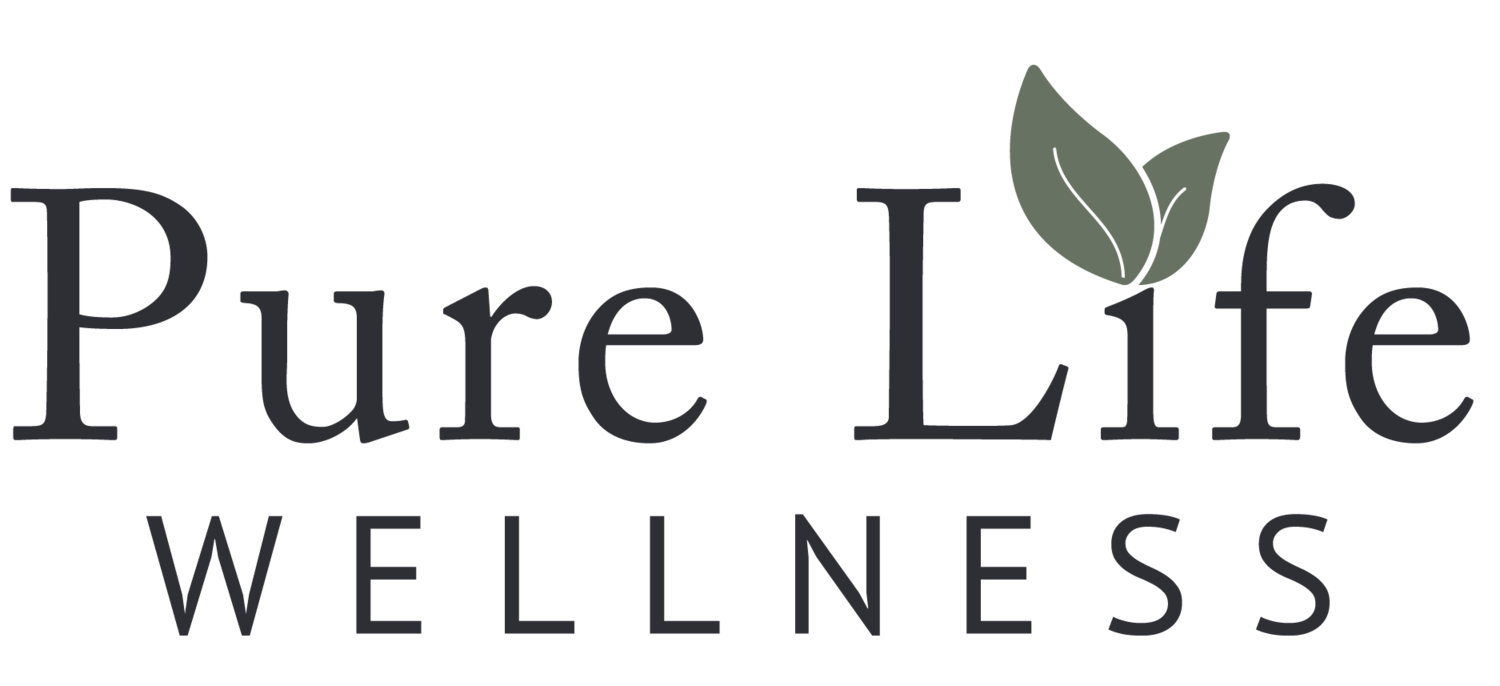3 Ways to Prevent Workout-Induced Injuries + A Simple Recovery Tip
How to Prevent Injury with a New Workout Routine
It’s a new year and the excitement is high. The motivation to start something new is revving us up. We get the newest workout gear, join the gym, or create an at-home workout space. Hit it full speed ahead, only to be slammed down with injuries because we maybe went a little too hard too fast. Sound familiar?
Common injuries can include muscle pulls & strains, shoulder injuries, sprained ankles, shin splints, and more.
I want to help you prevent injuries so you can keep going and not have to take time off to heal!
Common injuries can include muscle pulls & strains, shoulder injuries, sprained ankles, shin splints, and more. I want to help you prevent injuries so you can keep going and not have to take time off to heal!
3 Ways to Prevent Workout-Induced Injuries + Recovery Tip
STEP 1: WARM UP AND COOL DOWN
Warming up helps get the blood flow moving through our body, warms up our muscles, gets our joints loosened, and prepares our body for a workout. Otherwise, we are trying to move stiff joints and muscles, which limits our range of motion and inhibits our ability to get the most benefit of the time we are putting in.
Cooling down helps our body come to a slow and steady stop. It allows our heart rates to ease down instead of an abrupt stop. Much like a car, it lasts longer if we don’t continually slam on the breaks EVERY TIME we stop our vehicle. Less wear and tear on the car, i.e. our bodies.
Warm-up/cool-down examples include: walking for 5 min, ride a bike/stationary bike for a few min, or jump rope.
STEP 2: STRETCH
Do some stretching after your warm-up and before your exercises. It’s a good idea to stretch each major muscle group and hold each one for 60 seconds. Stretching your arms (biceps, triceps, and shoulders), legs (hamstrings, quadriceps, & calves), lower back, abs, neck (rolling your head side to side and front to back), etc.
STEP 3: CROSS TRAIN
Switch up your workouts. You don’t want to run every single day. Switching it up like running/jogging one day, bike riding the next, etc.
You can also weight train your upper body one day, and lower body the next. This allows you to use different muscle groups instead of wearing out and overtraining one specific muscle group.
REMEMBER TO TAKE IT EASY
If you used to work out and haven’t done so in months or years, DO NOT start where you left off :) Your body is most likely not in the same condition it was when you were previously training. That doesn’t mean you can’t get to that point, you’ll just want to take it easy, start slow, and work your way to that point.
RECOVERY TIP
We often overlook ways to recover post-workout sessions. Studies show when we consume protein supplements (ie protein powder) we can better our recovery. PubMed.gov states that “beneficial effects such as reduced muscle soreness and reduced markers of muscle damage become more evident when supplemental protein is consumed after daily training sessions”.*
Here’s a great option for a protein supplement
If you’ve never worked out before, start slow, follow the above guidelines and you’ll be well on your way to new goals without the injuries.





